1. The appendix
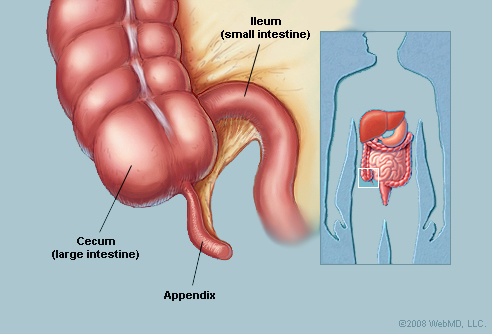
The appendix is a world famous vestigial structure of the human body. While the appendix of other mammals still has a function, ours remained unused and degraded from an apparently larger sized organ to the small one we posses today. Darwin promoted the idea that it may have served as a leaves digestion system in primates, while other scientists believe that it may still serve a purpose today, though no clear evidence was brought to sustain neither of the theories.
2. The tailbone
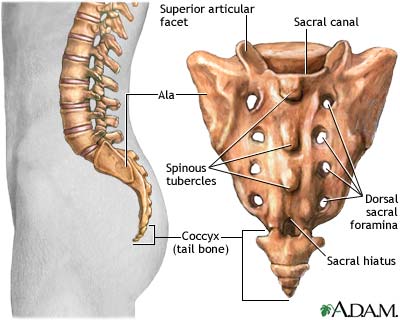
Our tailbone is a great prove of the evolutionary theory and thus, a highly controversial part of our body. While some claim that the coccyx does have a role, as a sustainer of the pelvic organs and as a connector for several muscles of the legs(thus being a sustainer of the creationist theory), others mention the surgeries of tailbone removal which had no effect upon the further life of the patients and even give the example of babies born with an extension of the tailbone under the shape of a small tail.
3. The male nipples
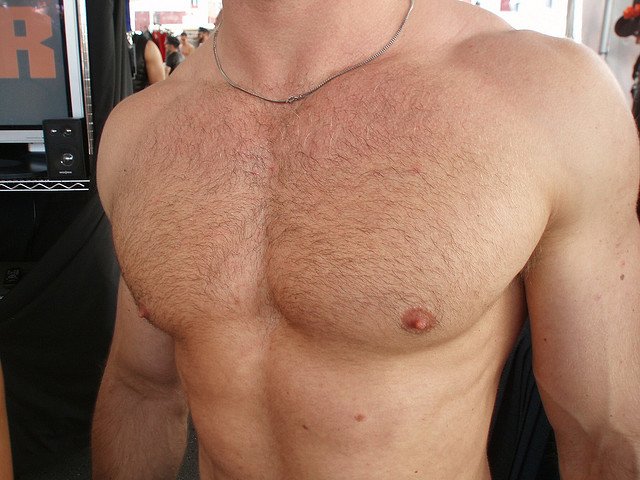
So, why do you think that men have nipples for? No reason at all would be the right answer. Men’s nipples are another example of human useless body parts, as they do not have any role in the functioning of a male’s organism. However, they do not have the same origin as the backbone. Actually, the breast tissue and the nipples were formed in an early evolutional stage of the fetus, when the sex of the future baby was not yet established.
4. The wisdom teeth

They are one of the most clearly vestigial structures of the human body. Sometimes, these teeth do not manage to grow at all and continue to remain in the jawbone for the entire life of the owner. They are clearly vestigial, as they are useless when eating. Humans usually do not chew by using these teeth, because they are too far back in our mouths. They are a mere prove that humans evolved from primates who owned much larger mouths and were able to use those teeth.
5. The third eyelid
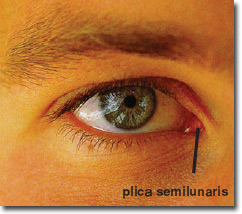
The third eyelid or “the plica semilunaris” is a transparent membrane used for the protection of the eye and it is encountered most often at birds reptiles and fish, but some mammals have it too. What you probably did not know is that humans have vestigial third eyelids too. It is generally accepted that the small fold of tissue at the interior corner of the eye, which you might have noticed many times before is a now useless remaining of a transparent membrane we used to have in an early development stage.
6. The body hair and the goose bumps
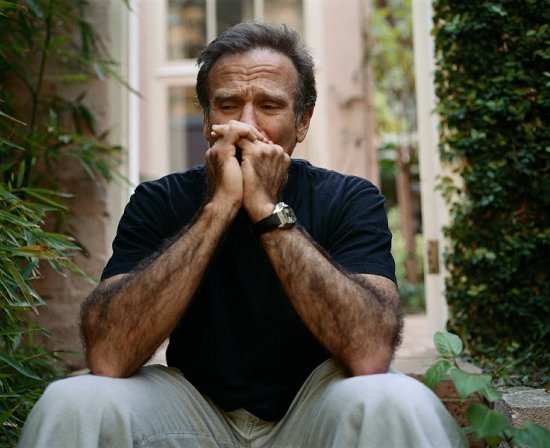
What do we use our body hair for? Nothing at all, right? Most women depilate and they do not suffer because of losing that extra hair. Thus, body hair is one of the vestigial structures of humans which shows that we were once covered with fur. Moreover, our natural response to fear and cold is the so called “arrector pili”, or goose bumps which represent a reaction of a muscle in the skin, similar to that of other mammals, that fluff their fur so as to look more threatening , or to warm up, as the situation demands.
7. The tonsils

For many years, tonsils were considered totally useless and were removed without any second thought, if they got infected frequently. Today, however, we know that tonsils do have a role, as they stop bacteria from reaching our organism, as part of our immune system. This fact does not exclude them, though, from the list of vestigial organs of our body, as creationists consider. As I mentioned above, their opponents define vestigial structures as organs that lost their primary role, but may have kept however a secondary or minor role in the organism, thus including tonsils as well.
8. The thirteenth pair of ribs
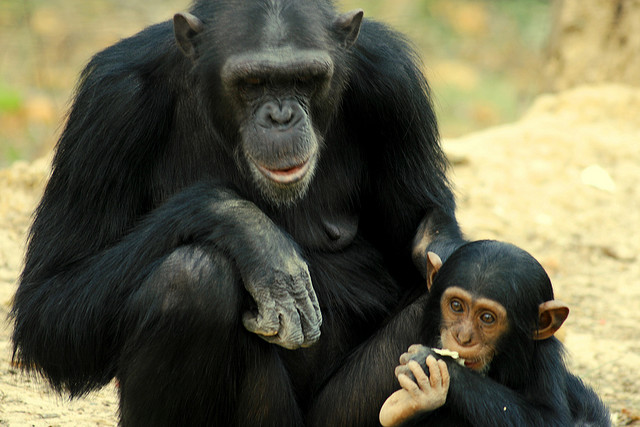
Things are not clear here either. Because the thirteenth pair of ribs is present at apes we might assume that the 8 % of humans inherit this trait because they have a completely useless extra pair of ribs which at times may even cause them problems. However, since most people do not have this body part , we may infer that this is just an abnormality.
9. Ear muscles

The ear structure also shows evidence of a now useless ability. Most apes are capable of moving the ears so that they may hear better hearing and become aware of dangers. For humans, this ability became useless since long and the muscles responsible with moving the ears atrophied and are now ineffective. Some people are still able to move their ears, though. Can you?
10. The little toe
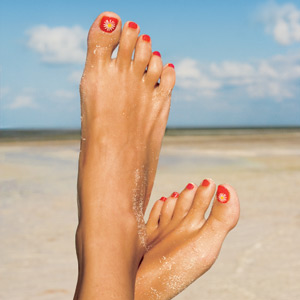
Here we are “attacking” one of the most controversial items on this list. Is the little toe useful or useless? After reading and reading, I could not reach any conclusion on this one, so you might want to clarify things for me if you can! Some people consider that the fifth toe is absolutely vital for our balance, while others believe that it is only one of the vestigial structures of our body, as it was used for climbing, swinging and grasping and it does not affect balance either, so we will probably (and sadly) lose it at some point in the future …
Source
